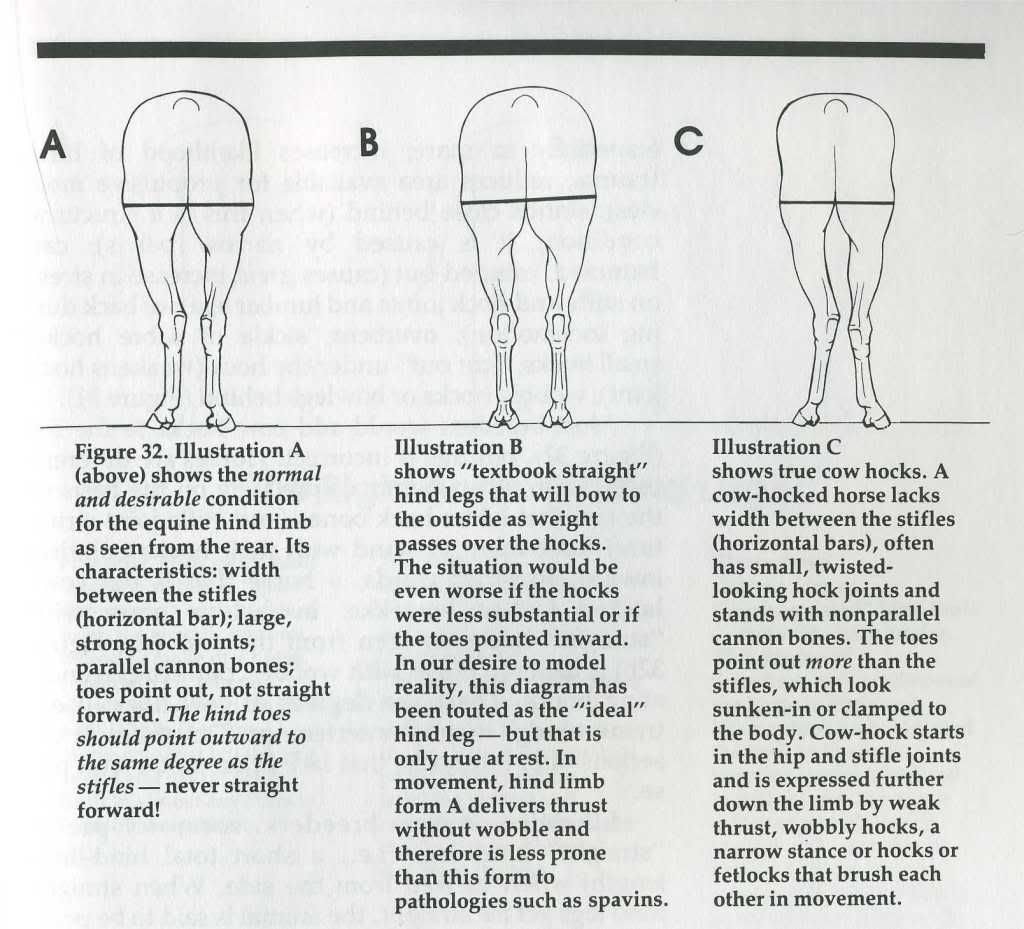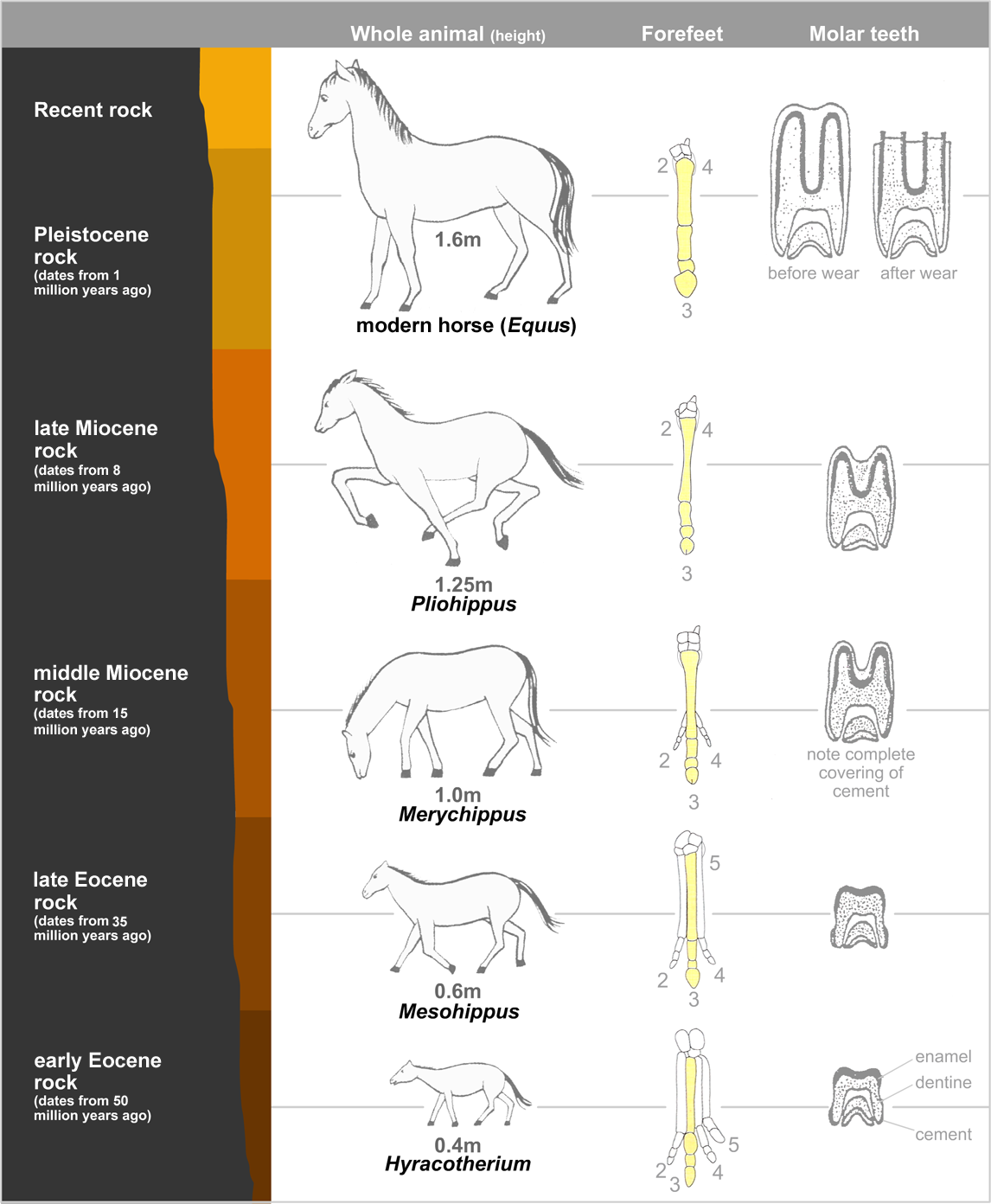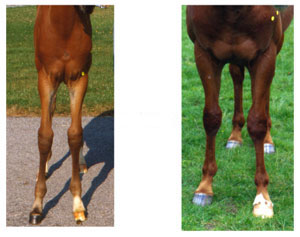This paper describes the two methods that I used to balance Molly's front right hoof:
***********************************************************************************
http://www.ncbi.nlm.nih.gov/pubmed/1874681
J Am Vet Med Assoc. 1991 Jun 1;198(11):1980-9.
Factors involved in the balancing of equine hooves.
Balch O, White K, Butler D.
Department
of Veterinary and Comparative Anatomy, Pharmacology and Physiology,
College of Veterinary Medicine, Washington State University, Pullman
99164.
***********************************************************************************
The two methods are: the "t-square (geometric)" method and the "result-oriented" method.
The 2 pictures below are taken from that paper. The case shown is very similar to Molly's case, "base-narrow and toed-out". And this horse too lands on his lateral quarter/toe just like Molly does.
This sentence was especially encouraging:
"Use of Moyer and Anderson's result oriented technique is often more successful in treating lameness than the geometric procedure."
If it treats lameness better, it must be better for Molly, who thankfully never was lame.
***********************************************************************************
The two methods are: the "t-square (geometric)" method and the "result-oriented" method.
The 2 pictures below are taken from that paper. The case shown is very similar to Molly's case, "base-narrow and toed-out". And this horse too lands on his lateral quarter/toe just like Molly does.
This sentence was especially encouraging:
"Use of Moyer and Anderson's result oriented technique is often more successful in treating lameness than the geometric procedure."
If it treats lameness better, it must be better for Molly, who thankfully never was lame.

























